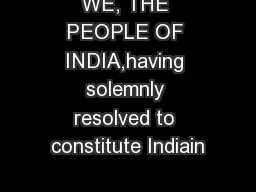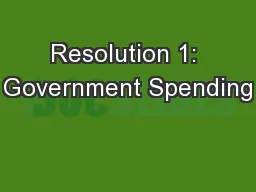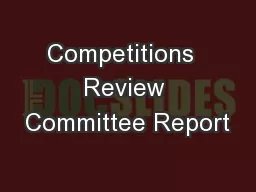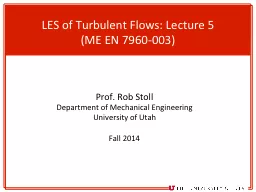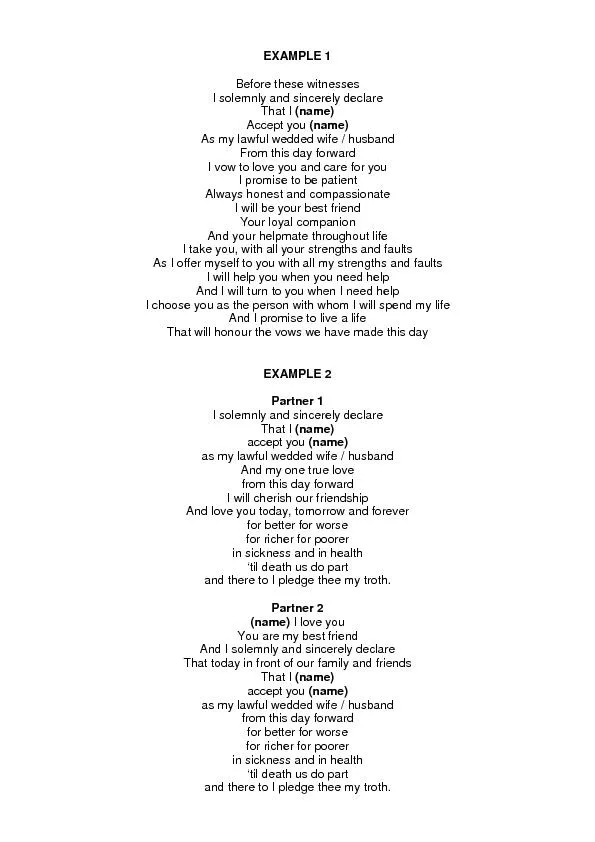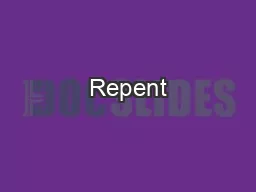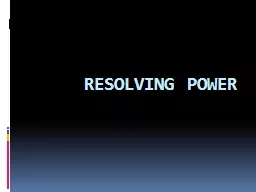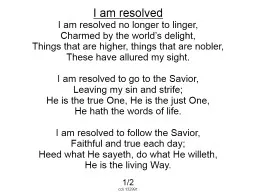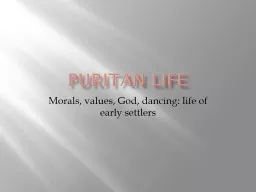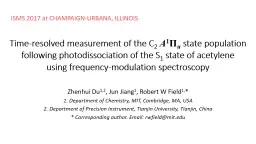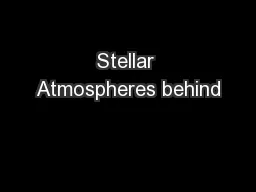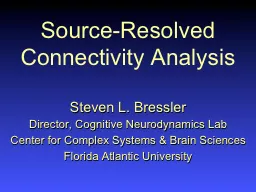PDF-WE, THE PEOPLE OF INDIA,having solemnly resolved to constitute Indiain
Author : giovanna-bartolotta | Published Date : 2016-03-20
ForewordIn AprilMay 2009 the people of India will choose 543 members of the 15 Lok Sabha thehouse of the people of the Indian Parliament in free and fair elections
Presentation Embed Code
Download Presentation
Download Presentation The PPT/PDF document "WE, THE PEOPLE OF INDIA,having solemnly ..." is the property of its rightful owner. Permission is granted to download and print the materials on this website for personal, non-commercial use only, and to display it on your personal computer provided you do not modify the materials and that you retain all copyright notices contained in the materials. By downloading content from our website, you accept the terms of this agreement.
WE, THE PEOPLE OF INDIA,having solemnly resolved to constitute Indiain: Transcript
Download Rules Of Document
"WE, THE PEOPLE OF INDIA,having solemnly resolved to constitute Indiain"The content belongs to its owner. You may download and print it for personal use, without modification, and keep all copyright notices. By downloading, you agree to these terms.
Related Documents

